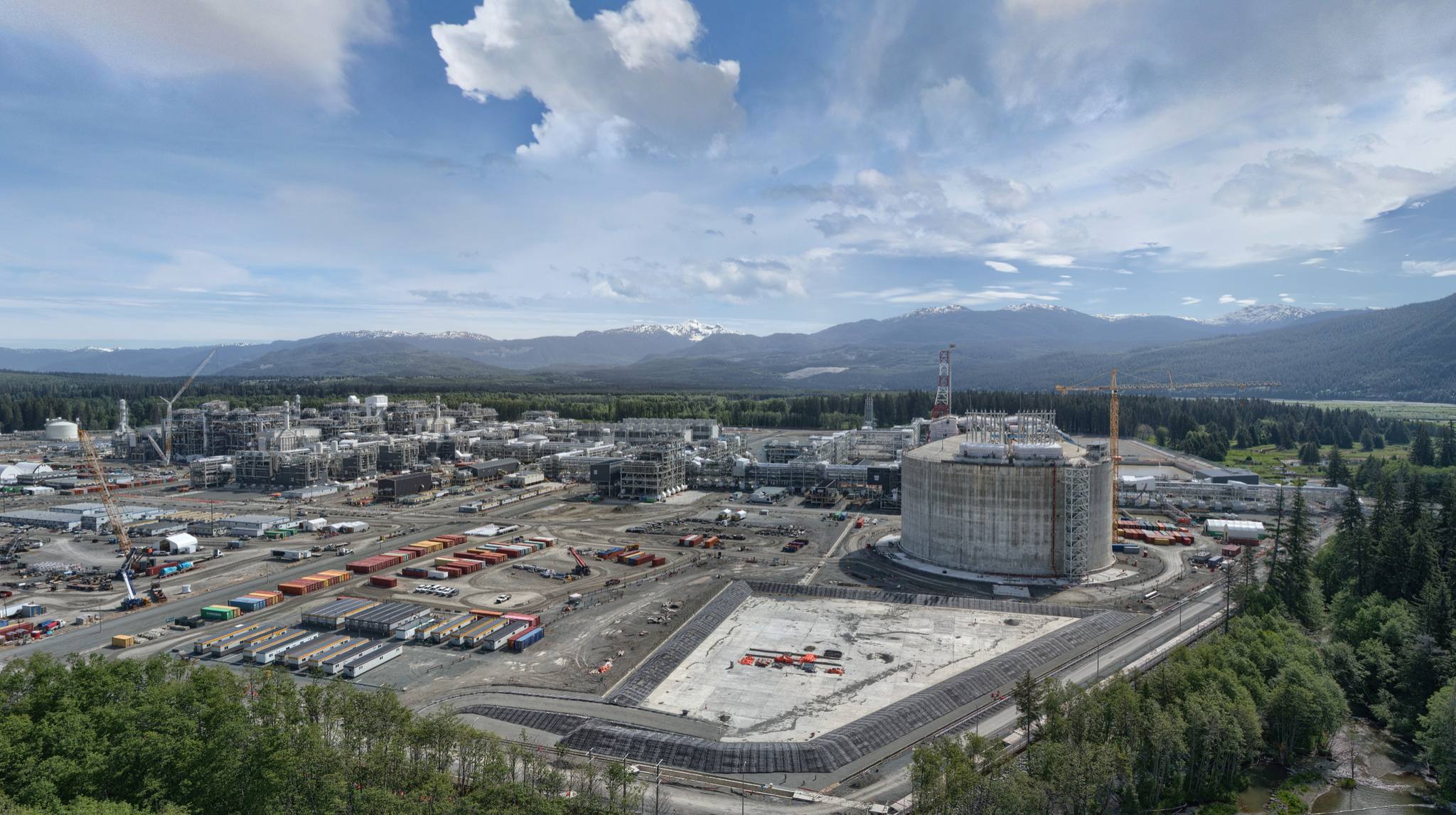US engineer Fluor announced completion of the final weld on the first production train at the Shell-led LNG Canada project in Kitimat, British Columbia.
Fluor said in a statement this marks a “pivotal moment” in the construction of one of the largest energy projects in Canadian history.
The final weld took 48 hours of continuous work from teams of welders working in shifts, while more than 380 pipe welders have worked on the project since construction began in 2018, it said.
Japan’s JGC and Fluor make up the JGC-Fluor joint venture, which is delivering multiple aspects of the LNG Canada project, including engineering, procurement, fabrication and delivery of modules, as well as construction of the project’s infrastructure and utilities, marine structures, and one 225,000-cbm LNG storage tank.
LNG Canada is a joint venture between operator Shell, Petronas, PetroChina, Mitsubishi Corporation, and Kogas.
The two-train project will have an initial capacity to produce 12.7 metric tonnes (14 million tons) of LNG per year with first shipment expected by the middle of 2025, Fluor said.
Fluor did not provide information regarding the commissioning of the facility.
Malaysia’s Petronas said on Monday that the facility is slated for start-up in the latter part of 2024.
Earlier this year, Shell’s CEO, Wael Sawan, said that the LNG Canada terminal is more than 90 percent complete and the project is preparing to launch commissioning activities later this year.
LNG Canada said in the December 2023 update that that it expects start-up activities to last more than a year.
This is the first large LNG export terminal in Canada, while the project partners are also considering a second phase.
Last year, TC Energy’s Coastal GasLink pipeline, which will supply natural gas to the LNG Canada terminal, was mechanically completed.

